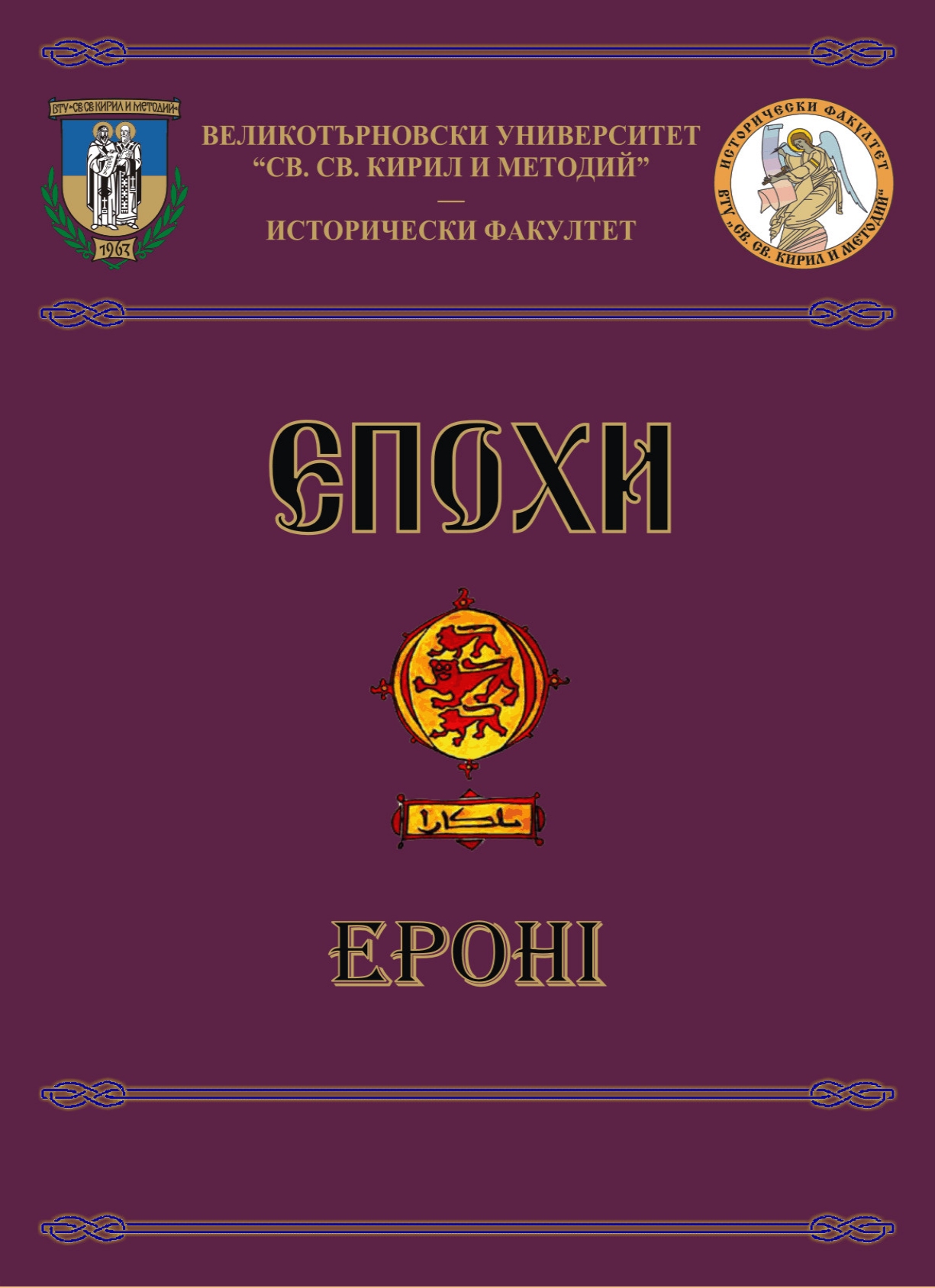
We kindly inform you that, as long as the subject affiliation of our 300.000+ articles is in progress, you might get unsufficient or no results on your third level or second level search. In this case, please broaden your search criteria.



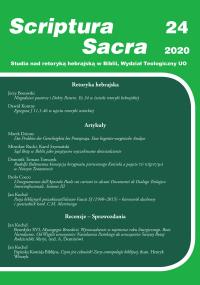
Kontekstem podjętych badań było odmienne opisywanie struktury tekstu Ez 34 przez różnych komentatorów Księgi Ezechiela. Celem badań było odkrycie struktury, którą starożytny autor zaplanował i zapisał. Zastosowano metodę retoryki hebrajskiej, którą opracował Roland Meynet. Osiągnięto następujące wyniki badań: fragment Ez 34,1-10 ma strukturę paralelno-koncentryczną o schemacie: A, B, C, B’, A’. Fragment Ez 34,11-31 też ma strukturę paralelno-koncentryczną o takim samym schemacie. Wniosek, jaki można wyciągnąć z badanego tekstu, sprowadza się do stwierdzenia, że Księga Ezechiela jest aktualna dzisiaj.
More...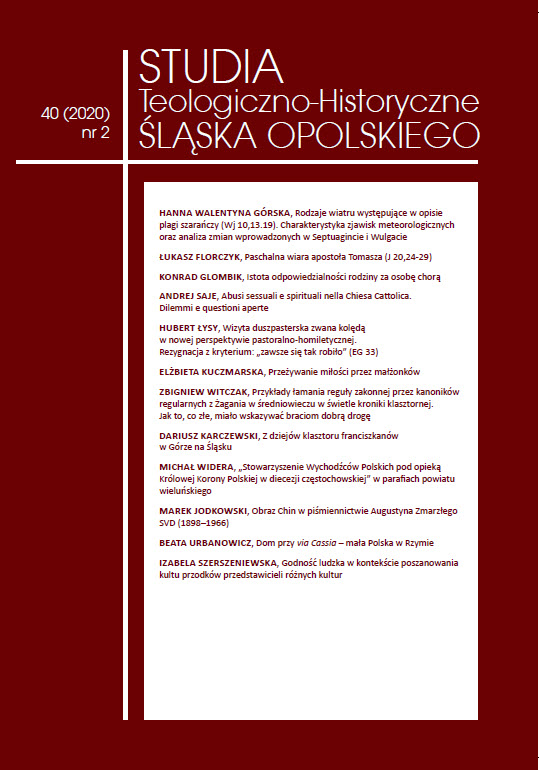
Godność ludzka ma uniwersalny, ponadkulturowy i ponadnarodowy charakter. Każdy człowiek od chwili narodzin aż do momentu śmierci powinien być traktowany z należytą godnością. Poszanowanie kultu przodków, stanowiące element ludzkiego życia w inherentny sposób wiąże się z godnością człowieka. Celem artykułu jest zaprezentowanie znaczenia godności ludzkiej w kontekście poszanowania kultu przodków przedstawicieli różnych kultur.
More...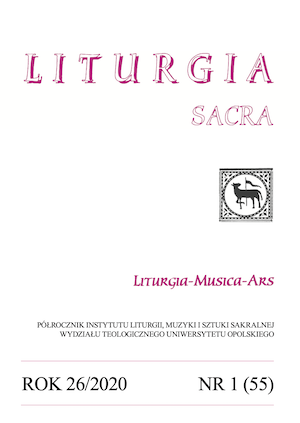
Interesującym zjawiskiem w oficjach o Św. Katarzynie z Aleksandrii jest modlitwa (kolekta) „Deus qui dedisti legem Moysi…”. Nie ma ona jednej, uniwersalnej wersji (jak np. „Pater noster”). Autor podzielił tekst kolekty na kilkanaście elementów (fraz), wskazując, że niemal wszystkie one mogą być rozmaicie kształtowane. Niektóre z nich są charakterystyczne – tym samym mogą wskazywać na proweniencję księgi liturgicznej.
More...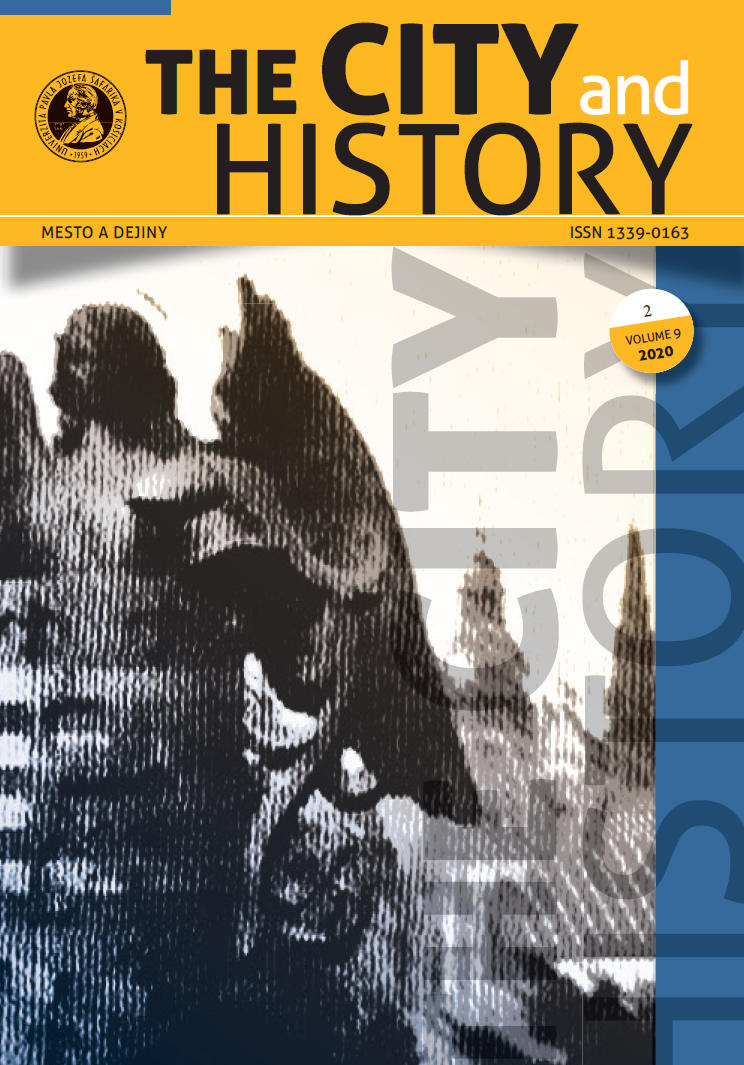
JAKOBYOVÁ, Barbora – NIŽŇANSKÝ, Eduard. Dejiny židovskej komunity v Dolnom Kubíne [A History of The Jewish Community in Dolný Kubín]. Bratislava: Izraelská obchodná spoločnosť na Slovensku, 2018, 240 pp. ISBN 978-80-971954-4-1
More...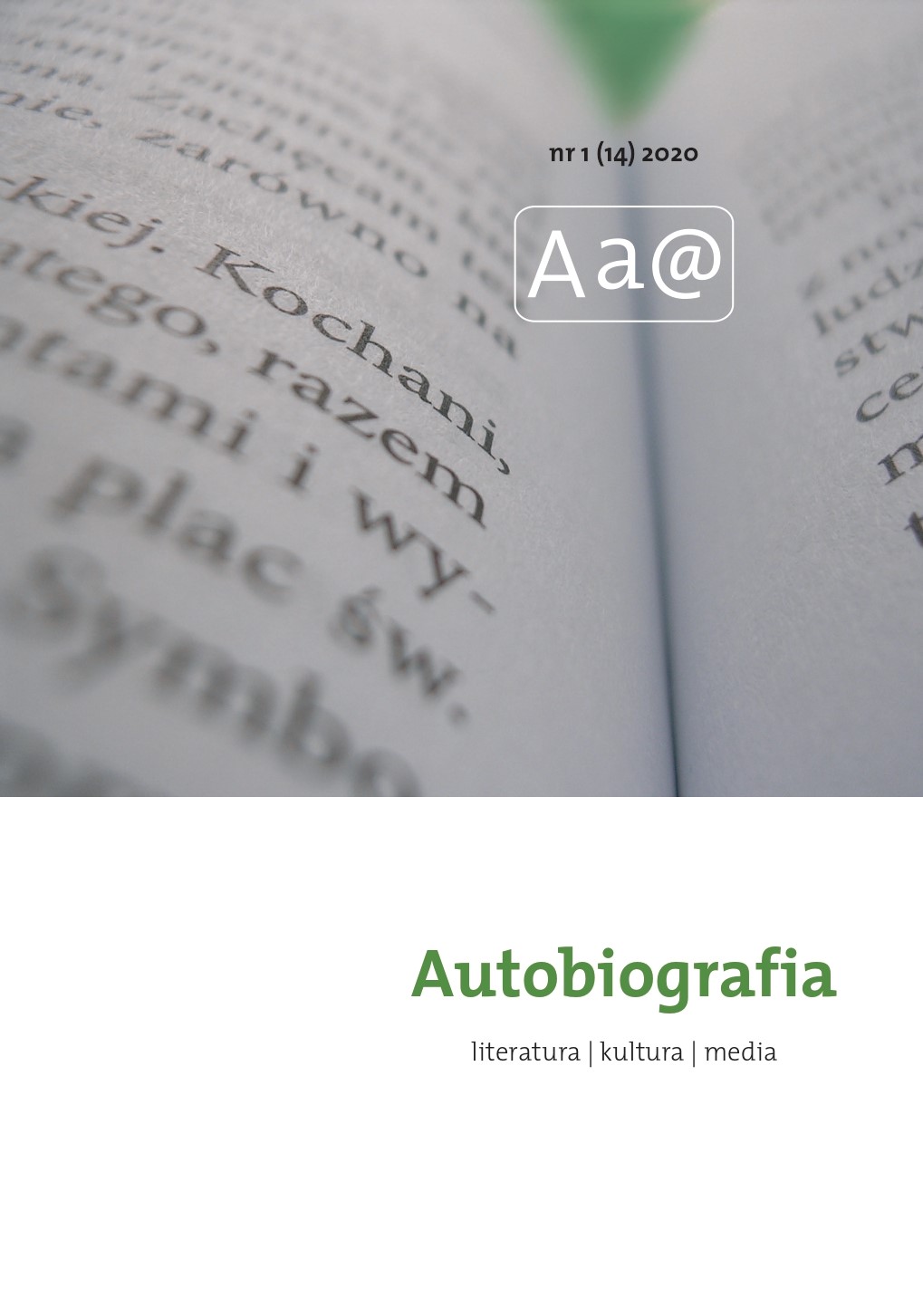
Autobiography is often writing about how a “self” forms over time as it is affected by the conditions it encounters. This definition can be problematic for Holocaust autobiography, because hiding one’s self from others and repressing one’s desires and impulses became crucial to survival. This essay traces the processes by which a “self” emerges for one Holocaust writer and survivor, Helen S., through archival documents, testimonies and memoirs over time. Helen S.’s example demonstrates how an effaced self can have a textual presence before the writer can allow herself to fully inhabit a traumatic personal history.
More...
After the Holocaust, Jewish survivors in Poland relied on external help, including that of the American Jewish Joint Distribution Committee (the Joint, JDC). They wrote letters to JDC both to request and to thank the American-based Jewish organization for i.a. food, clothes, medicine, and assistance with emigration from Poland. Many of those letters also contain autobiographical information about the authors, themselves Holocaust survivors and their families. The descriptions of wartime experiences and survival strategies as well as of immediate postwar life (1945–1949) entail details and snippets of historical and genealogical value. Therefore, the letters examined in this article offer both individual histories and a collective portrait of the Jewish population in postwar Poland. The epistolary material also captures JDC’s activities and their importance for reviving and sustaining Jewish life after the Holocaust.
More...
This article offers a close reading of personal memoirs about coming of age in Żółkiew in Eastern Galicia and about transitions on the way to immigration to Mandatory Palestine before WWII. It focuses on gaps in the fragmentary autobiographical texts written by Shimon Samet, a native of the town, who became an accomplished professional journalist in Israel, and reconstructs missing pieces of narrative about Samet’s brother and about the Zionist micro universe of transition and training sites in Galicia of the early 1920’s. It points to significant explanatory possibilities gained by identifying such gaps in personal and commemorative narratives.
More...
The article advances an approach to studying 20th century Jewish experience in the former Pale of Jewish Settlement that foregrounds individual biographies and places them in a larger cultural and historical context. Drawing on interviews and various other sources, this approach reveals, among others, how individuals challenge familiar categories of identification and thereby appeal to flexible research agendas.
More...
The article focuses on the self-creation dimension of the autobiographic narrative by Jan Tomasz Gross contained in his book …Long, Long Time Ago, More or Less Last Friday… (an example of talk literature). In his analysis, Kopczyk brings out the biographic models into which the authorprotagonist inscribes his life, paying attention to their relation with the Polish patriotic tradition, and romantic tradition in particular. In the fate of the protagonist, he perceives elements of “a typical romantic biography,” including the motif of mission and pilgrimage (for one’s homeland). The conclusion of the article suggests a relationship between Gross’s self-creation project and his work as a historian revealing the truth about the fates of Polish Jews during World War 2 and afterwards. Inscribing his own biography into “good models” alleviates what Gross perceives as personal consequences of disturbing the social taboo related to Polish people’s participation in the extermination of the Jewish minority.
More...
The subject of the paper is a unique autobiographical text written in interwar Poland by a Jewish anarchist. A small booklet in Yiddish, Memuarn oder shpliters fun a lebn fun Leybn (also known as Memuarn fun Leybn) was published in 1933 in Łódź; the Polish translation appeared in 2017 under the title Memuary albo okruchy z życia Lejba. In the first part of the paper the author of the text, Leyb Berkenvald, known as “Leyb the Anarchist,” is identified and described, with a focus on the social milieu to which he belonged, and his position on the map of interwar anarchism. In the second part, Leyb’s autobiography is analyzed from the perspective of the microhistory of affects to reveal an alternative form of male subjectivity emerging from the text, which countered the dominant, heteronormative model of masculinity. This specific form of subjectivity is interpreted – both in its hopes and disappointments – in the context of an unattainable messianic community which Leyb strove to conceive.
More...
The article analyzes the graphic novel Soviet Daughter: A Graphic Revolution (2017), a literary text that belongs to a dynamically developing post-Soviet Jewish American writing, as a transgenerational (auto)biographical narrative of a great grandmother and a great granddaughter. The titular “Soviet daughter” refers primarily to the great grandmother and her political genealogy; yet because of the shared migration trajectory, ideological affinities, and the construction of the text itself, it can be also read as describing the leftist great granddaughter. The novel focuses on the flight survivors who lived through the war in the Soviet hinterland; moreover, because of the genealogical distance of it protagonists, it allows us for “adoptive witnessing” of the Soviet Russia, as well as the great grandmother’s communist past. In this way, the texts displaces American literary memory of the Holocaust that here intersects with the memory of the (pre-war) communism.
More...
The subject of this article is a case study based on analysis of Sofia Dubnow-Erlich’s autobiography fragments concerning the interwar period. A closer look at the autobiographical texts written by the activist and writer associated with the Bund allows to trace her approach to her own life plans. It also gives a broader look at the Jewish history of activism, and intellectual and political activity in the Second Polish Republic. Reading the memoirs allows us to capture the gender perspective and shows whether and to what extent the gender influenced the actions taken by the author.
More...
In this article we analyze one interview that is part of an oral history project about Jewish settlement in Lower Silesia entitled “Love in the ruins: the history of Jewish settlement in Lower Silesia 1945–1972.” All the interviews, including the one that is presented here, are focused on everyday life, growing up, emotions, and relationships of Polish Jews in Lower Silesia after World War II. The gender of the narrator plays a significant role in this project. Oral history is a medium in which we can acknowledge the experiences of the Jewish community that are not described in other sources, such as documents created by the Jewish Committee, reports from Jewish clubs, or even in written memoirs.
More...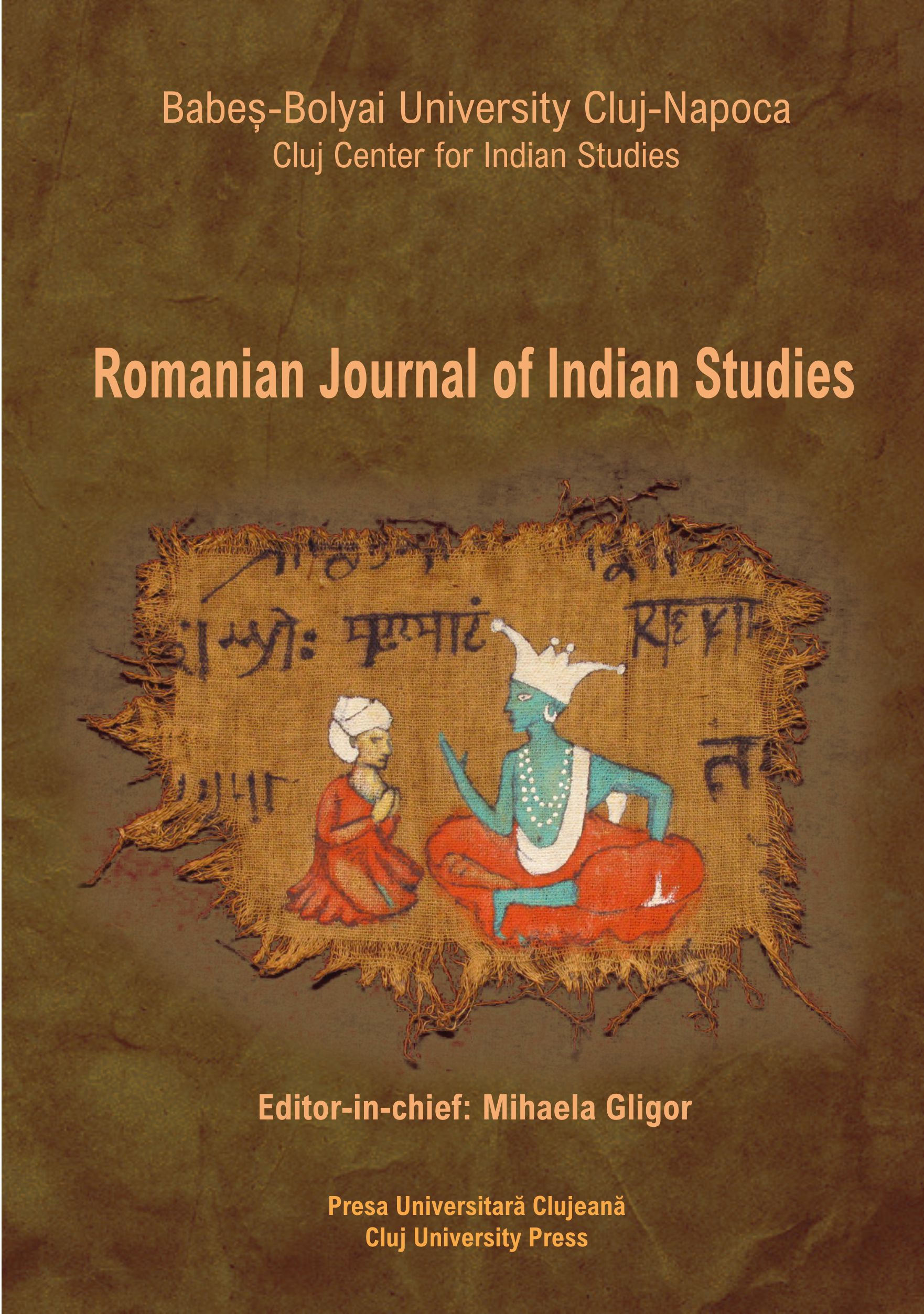
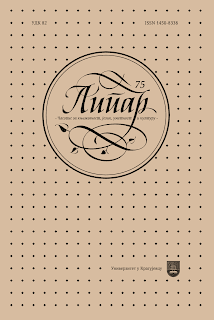
À travers une perspective multidisciplinaire, basée sur les connaissances historiques et pointant vers de nouvelles recherches sur le patrimoine culturel et historique des Juifs de Belgrade et de Paris, il s’agit de souligner les similitudes et les différences dans l’existence, la préservation et la présentation du patrimoine juif dans deux environnements géographiquement éloignés, historiquement et socialement différents. L’objectif est de tenir compte du contexte historique, culturel et artistique du patrimoine culturel juif historique et la question inextricablement liée de l’Holocauste. L’article cherche à lancer une discussion sur le Bataclan, le quartier juif de Paris, et Dorcol, une partie de Belgrade où les noms de rue témoignent de la vie de la communauté juive. Le but de l’article n’est pas seulement de comparer et de souligner le lien, mais aussi de promouvoir la diversité du patrimoine culturel de la France et de la Serbie.
More...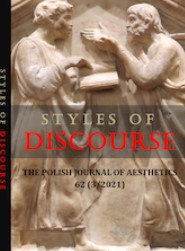
This article introduces cross-cultural communication and linguistic cross-fertilization by exploring the fascinating and multifaceted Yiddish language and its survival in Israeli, the result of the fin-de-siècle Hebrew revival. Yiddish is a 1,000-year-old Germanic language with Latin, Hebrew, and Aramaic substrates, with most dialects having been influenced by Slavonic languages. Yiddish is characterized by a unique style that embeds psycho-ostensive expressions throughout its discourse.
More...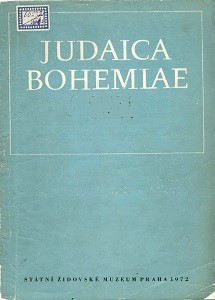
1. Le cycle: de conférences d’automne du Musée Juif d’Etat en 1971 2. Les études hébraïques à la Faculté des Lettres de l’Université Charles de Prague 3. Bedřich Nosek: Raimundus Martini (Pugio fidei), ses rapports avec le judaïsme et la philosophie islamiqu
More...